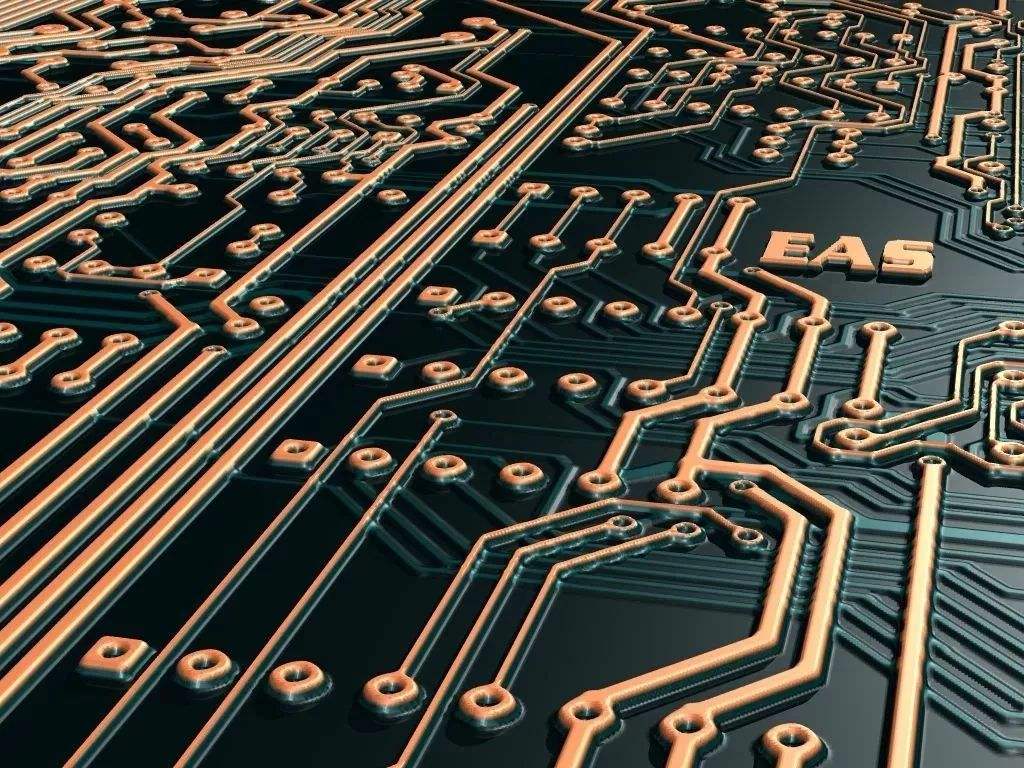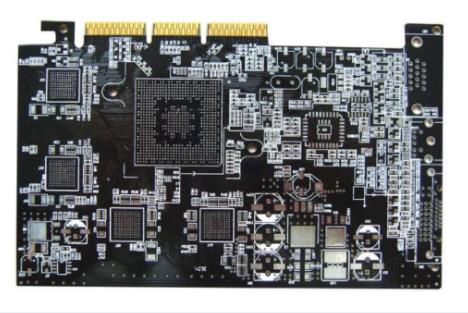
Signal reflection caused by discontinuous PCB impedance
This is an in-depth article on a very important topic that PCB designers should master First of all, remember that due to discontinuous impedance, signal reflection will occur on the PCB transmission line
The transmission line shall have uniform characteristic impedance. Any change or discontinuity in impedance will cause reflection and distortion of the signal.
This phenomenon also applies to PCB traces and transmission lines. The reason is that the physical wavelength of high-frequency signal is very short. In this case, PCB tracks show the same characteristics. The higher the frequency, the shorter the wavelength. You must even handle shorter traces as you would a transmission line.
The signal track is discontinuous or non-uniform discontinuous, which forms the signal integrity discontinuity To avoid signal distortion at the source and target, you must match the PCB tracking impedance to the power supply The source and target must then be loaded with impedance This is a considerable challenge and requires careful PCB design to mitigate the effect of signal attenuation caused by impedance discontinuities The greater the discontinuity of characteristic impedance, the higher the signal reflection This means that the signal distortion is also higher Therefore, try to maintain impedance discontinuity In terms of amplitude and time Read: Why is controlled impedance important
Impedance discontinuities affect signal integrity
Circuit board

In theory, digital signal is a square wave pulse switched in a short time. Of course, the rise time of SMS signal required by high frequency digital circuit will lead to extremely high frequency related to the rise time of fast signal. In fact, these frequencies will be one order of magnitude higher than the clock frequency of the circuit. The pulse width of high frequency digital circuit is short. Thus, the rise time is shortened. Very short signal rise time means that digital signals contain very high frequencies. In this case, high-frequency digital signals shall follow the signal integrity rules related to high-frequency signals.
In this case, any change of PCB track impedance will cause signal reflection. These may cause ringing and signal distortion. As a result, at high switching frequency, the discontinuous impedance will cause serious distortion of digital signals, and signal sampling errors may occur. You can use the following parameters to represent the transmission line formed by PCB trace: resistance, conductance, and trace resistance. Read the difference between the microstrip line and the stripline in the PCB.
Typical impedance discontinuity
The characteristic impedance of a circuit is the square root of the inductance to the capacitance. This is a reasonable assumption because the tracking resistance and conductance at high signal frequencies are negligible compared to inductance and capacitance.
Impedance discontinuity is any factor that affects the ratio of trace inductance to its capacitance. Here are some typical examples:
Impedance change in the line: If the impedance of the line changes for any reason, such as the change of copper cross-section or the change of wiring path, the mutual inductance will change and the impedance will be discontinuous.
Branches in the line: Although it may be necessary to route signals to multiple devices, the use of branches and leads may change the line impedance and cause discontinuity.
Return signal splitting: High frequency signals travel along the path with the lowest impedance, which is directly below the signal path, usually in the ground plane. Any physical feature in the return line or ground plane that forces the return signal to deviate from the path will cause discontinuity.
Via: Use vias to transmit signals from one layer of PCB to another. Although this is a basic feature of PCB design, the shape and size of vias will change the inductance and capacitance of the track, thus creating another discontinuity. For more information, read How to reduce parasitic capacitance in PCB layouts.
How to limit the influence of impedance discontinuity
The key to controlling the negative effects of impedance discontinuities is to treat all PCB signal traces as transmission lines. It shall be ensured that all points on the signal path have the same characteristic impedance.
Ensure that the following guidelines are followed:
Match source impedance and load impedance: Make sure source impedance and load impedance are the same as track impedance. You can do this by using series or parallel resistors to obtain the correct impedance. In addition, any open traces must be terminated with a resistor of the correct value.
Avoid branching: If the signal must be shared by multiple chips, connect the line with a daisy chain instead of using branching. Alternatively, a matching buffer device may be used to transmit the signal to the branch.
Signal return path: ensure that the signal return follows the same path as the signal line. If the ground plane is used, ensure that the splitting of the return signal path is not interrupted. Make sure that there is a solid plane running through the entire length of the track and that there are no cracks or cuts. If there is no solid plane, use a thicker return trace, which should cover 3 times the trace length and dielectric height.
Through hole design: arrange high-frequency tracks on one layer as much as possible. If vias are required, use micro vias instead of traditional vias. Because the through-hole has significantly different capacitance and inductance characteristics, the use of the through-hole on the signal path is minimized. If necessary, use micro vias with capacitance and inductance much smaller than standard vias. Micropores also help keep the length of the short tube as short as possible. Another method is to use high-density interconnects or HDI PCB technology.
Impedance discontinuity and signal reflection
The signal on the uniform transmission line will encounter a constant impedance "Zc (V/I)" at all positions on the line, and the signal will be transmitted along it as required. However, if there is impedance discontinuity at any point, signal propagation will be affected and signal reflection will occur, just as light will reflect when encountering discontinuity in its propagating medium.
Various types of impedance discontinuities and their possible causes:
Since the impedance of the transmission line depends on the geometric shape of the conductor and the characteristics of PCB data, any change in these characteristics will lead to impedance changes. Some examples are listed below:
At the source or destination/destination of the line. The source or receiver impedance is usually different from the line impedance.
The change in the line width or height (ie copper thickness) of the PCB







